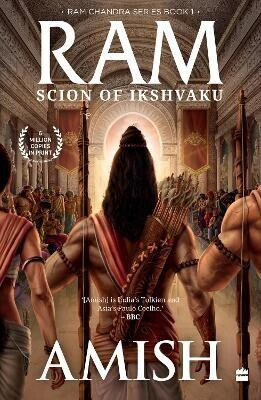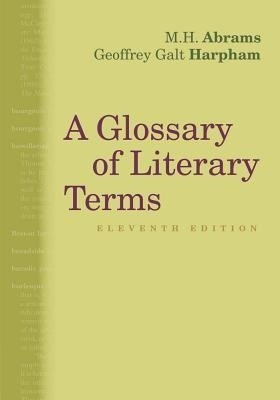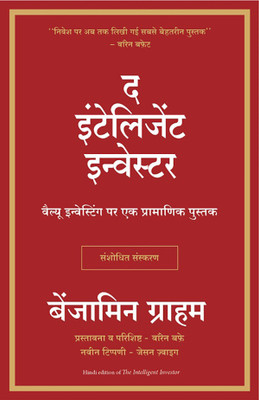
The Knossos Labyrinth (English, Paperback, Castleden Rodney)
Share
The Knossos Labyrinth (English, Paperback, Castleden Rodney)
Be the first to Review this product
₹120/month
24 months EMI Plan with HSBC
₹2,555
₹2,958
13% off
Coupons for you
T&C
Available offers
T&C
T&C
T&C
T&C
Delivery
Check
Enter pincode
Delivery by28 Aug, Thursday
?
if ordered before 1:59 PM
View Details
Highlights
- Language: English
- Binding: Paperback
- Publisher: Taylor & Francis Ltd
- Genre: History
- ISBN: 9780415513203, 9780415513203
- Pages: 230
Services
- Cash on Delivery available?
Seller
Description
Knossos, like the Acropolis or Stonehenge, is a symbol for an entire culture. The Knossos Labyrinth was first built in the reign of a Middle Kingdom Egyptian pharaoh, and was from the start the focus of a glittering and exotic culture. Homer left elusive clues about the Knossian court and when the lost site of Knossos gradually re-emerged from obscurity in the nineteenth century, the first excavators - Minos Kalokairinos, Heinrich Schliemann, and Arthur Evans - were predisposed to see the site through the eyes of the classical authors. Rodney Castleden argues that this line of thought was a false trail and gives an alternative insight into the labyrinth which is every bit as exciting as the traditional explanations, and one which he believes is much closer to the truth. Rejecting Evans' view of Knossos as a bronze age royal palace, Castleden puts forward alternative interpretations - that the building was a necropolis or a temple - and argues that the temple interpretation is the most satisfactory in the light of modern archaeological knowledge about Minoan Crete.
Read More
Specifications
Book Details
| Imprint |
|
Dimensions
| Height |
|
| Length |
|
| Weight |
|
Be the first to ask about this product
Safe and Secure Payments.Easy returns.100% Authentic products.
Back to top




